The Development and Evolution of Easter Eggs
Easter is a time of joy and celebration, and nothing quite captures the spirit of the season like Easter eggs. For centuries, people have been decorating eggs for Easter, but the tradition has evolved significantly over time. Nowadays, Easter eggs are not just a symbol of the holiday but also a creative outlet for many. The Easter eggs industry has come a long way from simple dyed eggs to the intricate designs that we see today.
Easter eggs have been a symbol of new life and rebirth since ancient times, but it wasn't until the early Christians that the egg became associated with Easter. Christians would abstain from eggs during Lent, but on Easter Sunday, they would break their fast with an egg. This symbolized the end of their fast and the beginning of new life.
As time passed, people began to decorate their Easter eggs with simple dyes and paint. In the 1800s, Easter eggs gained popularity among the elite, who would have their eggs painted and adorned with jewels and precious metals.
In the 20th century, the Easter eggs industry started to take shape. Easter egg companies began to mass-produce eggs, making them more accessible to the general public. They started to experiment with different designs and materials, such as plastic and ceramic, to create more durable and intricate designs.
Today, Easter egg companies continue to innovate and create new designs every year. From classic designs like polka dots and stripes to more intricate designs like mosaic and glitter, there are endless possibilities when it comes to decorating Easter eggs.
One trend that has emerged in recent years is the use of technology to create unique Easter egg designs. Easter egg companies have started to use laser engraving to create intricate and personalized designs. This allows customers to create custom designs that are truly one-of-a-kind.
Easter Eggs company has also started to focus on sustainability and eco-friendliness. Many companies are now using biodegradable materials and natural dyes to create their Easter eggs. This is a step towards reducing the environmental impact of the industry.
Hot Products
-

White Party Wedding Bubble Water Bubble Tubes
-

Cheap Bubble Toys Various Colorful Bubble Wands
-

Red Bottled Bubble Water Toys Supplement Liquid
-
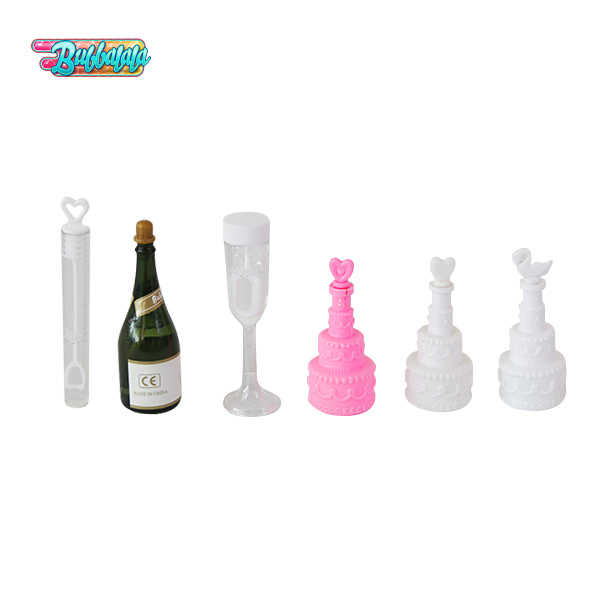
Wedding Bubble Water Bubble Toys Sets
-

24 Bottles White Bubble Water Wine Bottle
-
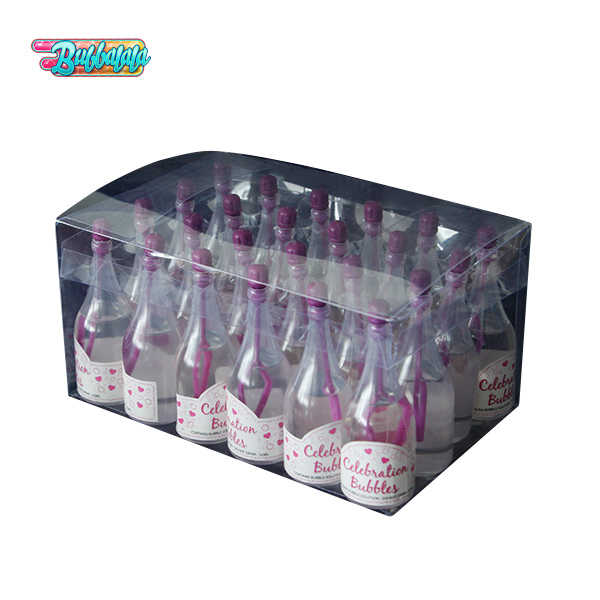
24 Bottles Purple Bubble Water Wine Bottle
-
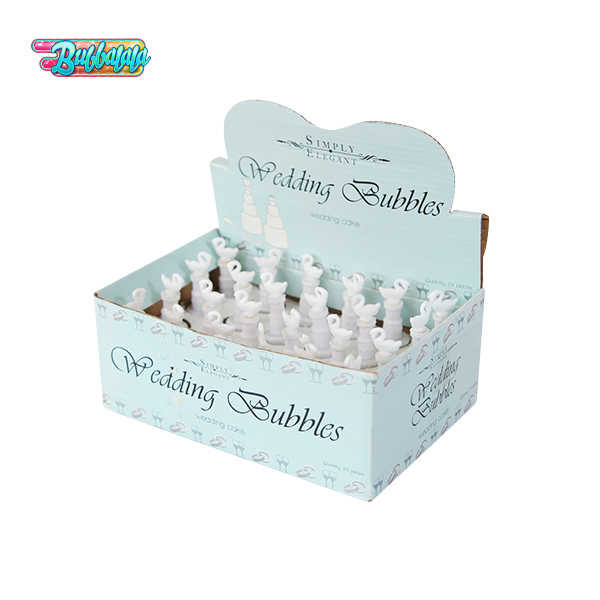
White Wedding Swan Mini Cake Bubble Water
-

Ice Cream Bubble Toys Bubble Water
-
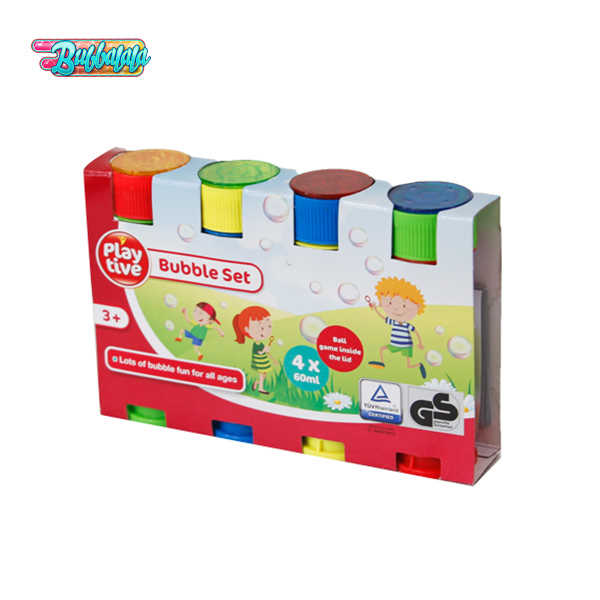
Four Bottles of Bubble Water Sets Bubble Toys
-
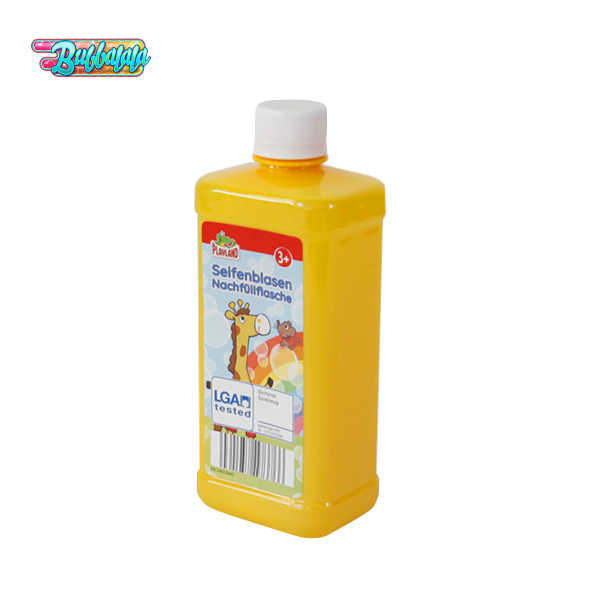
Large Capacity Bubble Bottle Bubble Water
-

Plastic Transparent Bottle Bubble Water
-
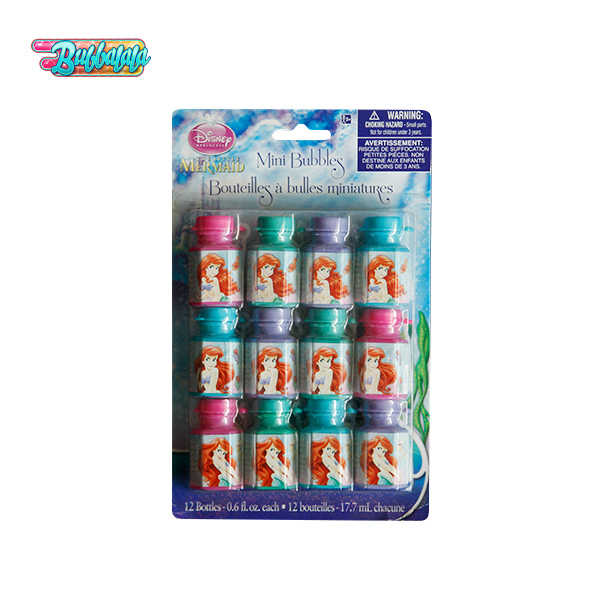
Cute Princess Hexagonal Bubble Water Toys

 English
English 中文简体
中文简体
